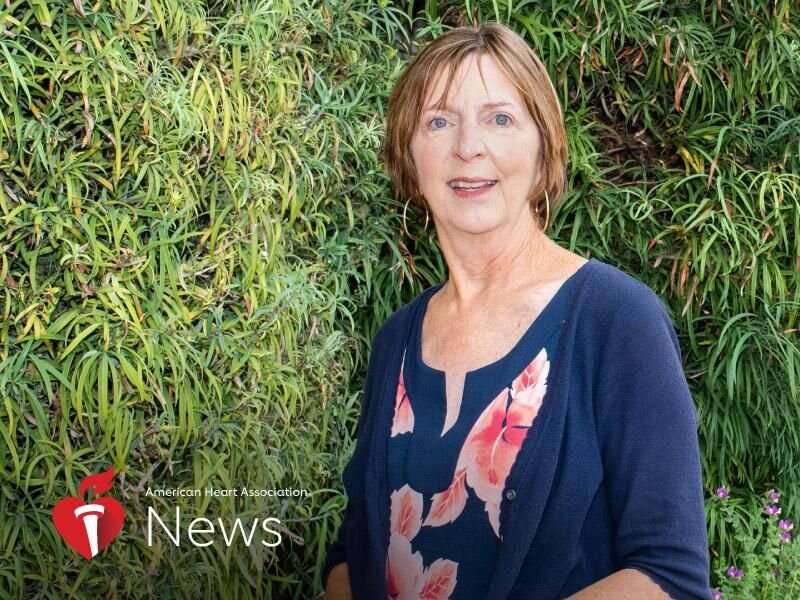
At the start of the pandemic in March 2020, Dorothy Farris organized “Cocktails and Conversation,” a weekly hourlong Zoom session with a group of old friends. Thursdays from 5-6 p.m. quickly became a cherished part of their routines.
They talked about everything from where to find toilet paper and disinfectant wipes to what everyone was reading or streaming. For their July 30 call, they planned to talk about something they realized they’d never discussed: how they’d met their husbands.
Trading tales and laughs, the chat ran uncharacteristically long. It was well after their usual stopping point when it was finally Farris’ turn to share how she’d met her husband, Bill.
But as she went to speak, Farris froze.
“I thought it was just a Zoom freeze,” Pam Barclay said. “But when she talked it was gibberish. She slumped to one side and I thought, ‘Oh, my God, she’s had a stroke.'”
As Farris tried making sense of what was happening, she realized she couldn’t move her right arm. Her right leg suddenly felt like it had fallen asleep. She tried getting up anyway. And collapsed.
Watching on Zoom, the group split up crucial duties: Barclay had Farris’ address in Palos Verdes Estates, California, so she called 911. Rita Plantamura had Bill’s phone number, so she called him. Miki Jordan stayed on Zoom, trying to calm Farris and let her know help was on the way.
Valerie Ryan missed the call that day, but they alerted her. She in turn arranged for prayer groups through their church and drove to the hospital to wait with Bill.
Rescue workers had to scale a locked wrought iron gate to get into the house. They got Farris to a nearby comprehensive stroke center in time for doctors to quickly diagnose the problem.
Farris had an ischemic stroke, the kind caused by a blood clot in her brain. Within two hours of Farris arriving at the hospital, doctors had surgically removed the clot, restoring normal blood flow.
“I woke up Friday morning feeling fine,” she said.
Looking back, the 69-year-old said the day had been normal. She’d walked 3 miles and didn’t notice any unusual symptoms.
She also considers the events that saved her life to be “divine intervention.” All previous Zoom calls had ended promptly at 6 p.m., so it was just happenstance that she was still online when the stroke hit. Plantamura only had Bill’s number because he’d counseled her on a recent car purchase.
“How many people have their friend’s spouse’s number?” Farris said. “Everything went like clockwork.”
The friends now all have each other’s emergency contact info. They’ve also gladly shared their story with local and national media, hoping to raise awareness about stroke symptoms and the importance of seeking immediate help. Stroke is a leading cause of death in the United States and a major cause of serious disability for adults.
“Remember F.A.S.T.,” Farris said, referring to the acronym that if you experience or see face drooping, arm weakness or speech difficulties, it’s time to call 911. “That T part, time, is just critical. Every minute counts. Call 911 and don’t worry about feeling embarrassed if it could be a false alarm.”
Farris has no residual effects from her stroke. Doctors credit that to the quick actions of her friends.
She wore a heart monitor for the next month, which led to a diagnosis of atrial fibrillation, an irregular heart rhythm that can dramatically increase the risk of stroke. A few years before, she’d been diagnosed with hypertrophic cardiomyopathy, a genetic cardiac disorder that can increase stroke risk.
The first Thursday after her stroke, Farris again hosted “Cocktails and Conversation.”
Source: Read Full Article